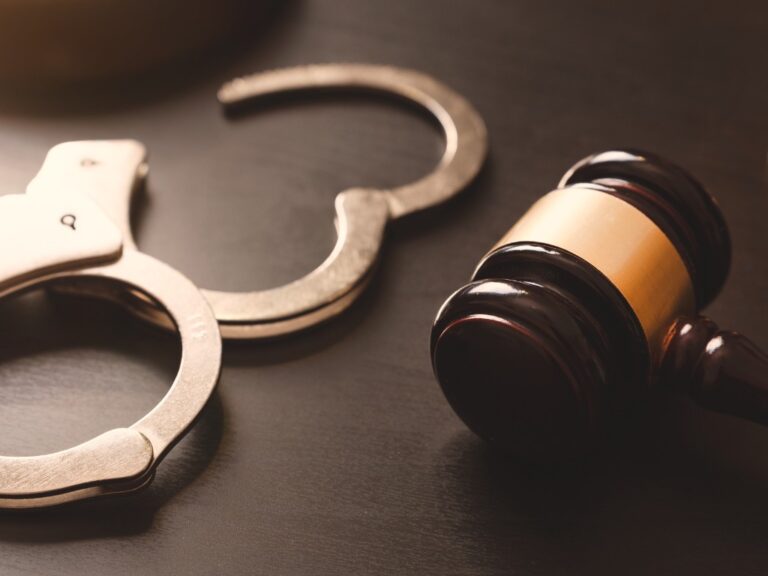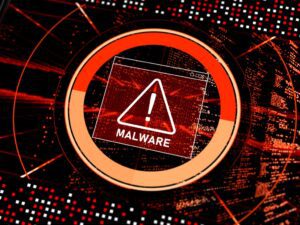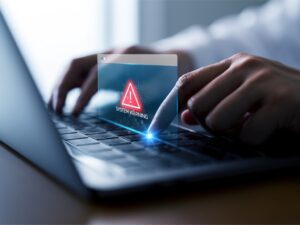Is Criminal Enforcement of Section 2, the Sherman Act Coming?

By Jeffery M. Cross
November 30, 2023

Jeffery Cross is a columnist for Today’s General Counsel and a member of the Editorial Advisory Board. He is a partner in the Litigation Practice Group of Smith, Gambrell & Russell, LLP and a member of the firm’s Antitrust and Trade Regulation Group.
Originally published in Today's General Counsel, December 2023
In March, I attended the American Bar Association Antitrust Law Section’s Spring Meeting in Washington. A hot topic under discussion was the possibility that the Department of Justice (DOJ)’s Antitrust Division might pursue criminal cases under Section 2 of the Sherman Act.
When Section 2 was passed by Congress in 1890, it was written as a statute that could be enforced either civilly or criminally. However, it has been quite some time since the DOJ pursued a Section 2 violation as a stand-alone criminal case.
Section 2 makes three different types of conduct unlawful: monopolization, attempt to monopolize, and conspiracy to monopolize. Monopolization presents the greatest challenges to criminal enforcement.
There are two elements to a monopolization case. First, the defendant must have monopoly power in the relevant market during the period of the indictment. Second, the defendant must have willfully acquired its monopoly power through anti-competitive conduct during this period.
Several aspects of the monopolization case will make criminal enforcement difficult. Significantly, having a monopoly or monopoly power is not itself unlawful. The Supreme Court has indicated that the mere possession of monopoly power is not only not unlawful, it is an important element of our free market system. We want companies to strive to achieve monopoly power by innovation and business acumen, and we are willing to reward those qualities with monopoly prices, at least before another company enters the market and drives down prices by competition.
This principle is consistent with the concept of monopoly power, which is generally defined as the ability to raise prices or reduce output without losing so much market share that the price increase is unprofitable.
Determining whether an entity has monopoly power will require determining a relevant market. But the currently accepted methodology for determining a relevant market in a Section 2 case – the Hypothetical Monopolist Test – is very consistent with the definition of monopoly power.
It posits a hypothetical monopolist controlling a basket of products in the geographic area under examination. If the monopolist raises prices a small but significant amount for a period of time that isn’t transitory, will consumers substitute other products such that the price increase is unprofitable? If so, those products are added to the basket of goods held by the hypothetical monopolist and the analysis is repeated.
It is an iterative process that is continued until there are no more substitutes that consumers will turn to, making the price increase unprofitable. Determination of a relevant market will add complications not typical of a criminal case, and may require economic testimony, but this issue is not insurmountable.
The biggest problem in pursuing a criminal case under Section 2 is the second element, the so-called “bad act.” Obviously, blowing up your competitor’s trucks is conduct that is anti-competitive and criminal enforcement is warranted. What about aggressive competition that results in driving weaker and arguably inefficient competitors from the market?
It is a fundamental principle of antitrust law that even a monopolist is entitled to compete. Arguably, consumers are better off if the inefficient competitor is forced from the market.
The Supreme Court has recognized that one of the problems with policing the independent, unilateral conduct of a single firm is that the effect of anti-competitive conduct may be the same as the effect of competition.
Many of the commentators at the ABA meeting opined that a specific intent to achieve an anti-competitive effect will be required to pursue criminal enforcement. But specific intent is rarely established by direct evidence.
There is one likely test that might be pursued. It queries whether there is any plausible pro-competitive justification for the conduct.
This test is often used to establish a per se violation under Section 1 of the Sherman Act. It has generally been the DOJ’s view that it will only bring a criminal case under Section 1 if the conduct is per se unlawful. Such a test is essentially determining whether the defendant intended to compete on the merits, or intended solely to obtain or maintain a monopoly.
Hypothetically, in the latter case, it could establish evidence required in a criminal prosecution.
Critical intelligence for general counsel
Stay on top of the latest news, solutions and best practices by reading Daily Updates from Today's General Counsel.
Daily Updates
Sign up for our free daily newsletter for the latest news and business legal developments.




